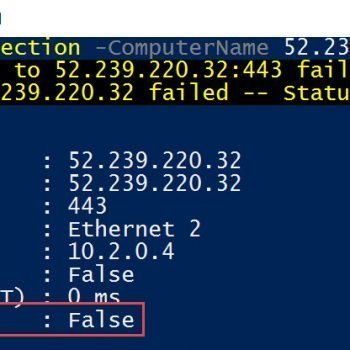This is the sixth post in the series which captures my notes with various CXOs during the Comprehensive Database Performance Health Check. Today we are going to discuss the various different options available for Open Source Cloud.
- What is the Cloud?
- What is Cloud Computing?
- What are Different Cloud Deployments?
- What is Open Source?
- What is Open Source Cloud?
- Open Source Cloud – Different Options
- Different Layers of Open Source Cloud
- Checklist for Best Open Source Cloud
- CXO Role in Implementing Open Source Cloud
- Open Source Cloud – Final Post

Different Options
In the earlier blog posts, we had discussed that there are two options available currently to all the organizations that want to adopt open source clouds.
- Adopt an already built cloud platform (like OpenStack, Cloud Foundry )
- Build a cloud platform from Open Sourced software (like Linux, Docker, Scalr, etc)
Let us discuss them in detail.
Open Source Cloud
Most organizations often want to get started with their project quickly and want to use a platform or product which has proven track records. Additionally, it is always easy to hire skilled IT professionals when the platform has already built its user base out in the industry. Reliability, skilled professionals, and no vendor lock-in make adopting the open-source cloud relatively low-risk option.
There are many available options for the OS cloud, let us see some of the very popular platforms here.
OpenStack (Iaas)
Openstack started in 2010 as a joint project of Rackspace and NASA. It essentially represents a set of opensource software tools for building and managing cloud computing platforms. One of the biggest advantage OpenStack had was it was an early player for in the field and because of the same reason many of the organizations has built their private and public cloud-based on it.
OpenStack is a cloud operating system that controls large pools of computing, storage, and networking resources throughout a data center. Every resource can be managed and provisioned through APIs with common authentication mechanisms. All the resources can be managed via a web-based dashboard.
While OpenStack primarily qualifies under IaaS, it is actually way more than just an infrastructure partner as it provides all the components to build an end to end cloud platforms.
On OpenStack, you can deploy shared networking and storage resources with bare metal, virtual machines, or containers, and you can easily do that with either third party services such as Kubernetes, CloudFoundry, Terraform or built-in tools like OpenStack SDK, Horizon Web UI.
Being one of the earlier player OpenStack has established a very successful market place where you can look for OpenStack related products and services such as Distributions, Appliances, Public Clouds, Consultants, or Training.
During my career as a SQL Server Performance Tuning expert, I have worked with many small and large organizations and most of them my clients who has adopted open source cloud have built their hybrid cloud on OpenStack. If you are not sure where to start, I believe OpenStack is the right place to start.
CloudStack (IaaS)
CloudStack is open source software designed to deploy and manage large networks of virtual machines, as a highly available, highly scalable Infrastructure as a Service (IaaS) cloud computing platform and is developed by Apache. CloudStack is a solution that includes all of the features most organizations want with an IaaS cloud, like compute orchestration, Network-as-a-Service, user and account management, a full and open native API, resource accounting, and a User Interface (UI). CloudStack supports User’s Web interface, command-line tools, and/or a full-featured RESTful API to manage their cloud.
CloudStack actually started at the same time as OpenStack and has gradually become a very stable solution for IaaS by Apache. CloudStack currently supports the most popular virtualization solutions like VMware, KVM, Citrix XenServer, Xen Cloud Platform (XCP), Oracle VM Server, and Microsoft Hyper-V.
If you are not going to build your cloud with OpenStack, CloudStack is the next best choice for you.
OpenShift (IaaS)
OpenShift by Red Hat allows developers to quickly develop, host, and scale applications and deploy hybrid cloud environments with the help of Kubernetes. If you have heard the word Kubernetes before and do not know what it means, let me define that in a single statement here. Kubernetes is a portable, extensible, open-source platform for managing containerized workloads and services, that facilitates both declarative configuration and automation.
Red Hat OpenShift includes pre-created quick start application templates that allow you to build and deploy your favorite application languages, frameworks, and databases making the life of DBA or developer easy.
Not every organizer needs to build every single component of the cloud and sometimes just makes sense to use the solution like OpenShift will help you to get started with the container-based approach to your cloud.
Other Great Tools
While I have mentioned only three platforms here there are many other platforms and tools out there and each of them has some time to offer to the open-source cloud world. I strongly suggest that before you select on any one platform you check out following open source cloud solutions.
- Cloudify (Orchestration Framework)
- Tsuru (PaaS)
- Cloud Foundry (SaaS)
- WSO2 Stratos (API Integration)
- Stackato (PaaS)
What Next?
Today we explored three of the important open-source cloud platform. Tomorrow we will discuss how any organizations can get started with the open-source cloud.
Reference: Pinal Dave (https://blog.sqlauthority.com)





